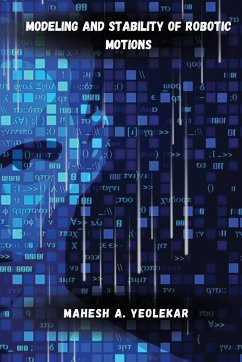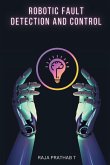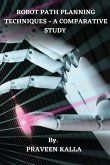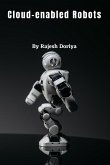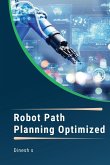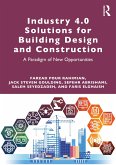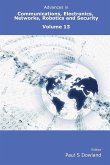A Czech writer, Karel Capek, had first time used word 'ROBOT' in his fictional automata 1921 R.U.R (Rossum's Universal Robots) which means 'forced labor'. In this play robot looks like human but it does not have human feelings and its work efficiency doubles than the human. However, robot does not have any standard definition. But it can be considered as 'a mechanical machine made to perform one or more tasks repetitively, with precision'. The concept of robot has been existing since ancient period. It is depicted in "Vedas", the ancient scripture of Hinduism. There are many reasonable images of robots such as dancing and singing artificial birds like the living ones, clocks which has moving figures and many astronomical replicas which represents the motion of the planets. The "Dama", "Vyala" and "Kata", unmanned machines for the war, were described in an ancient book "Yoga Vasistha". The Kata was similar to a present tank for defending army, Dama was used to tame of course the enemy, Vyala was cruel like snack or tiger. T
